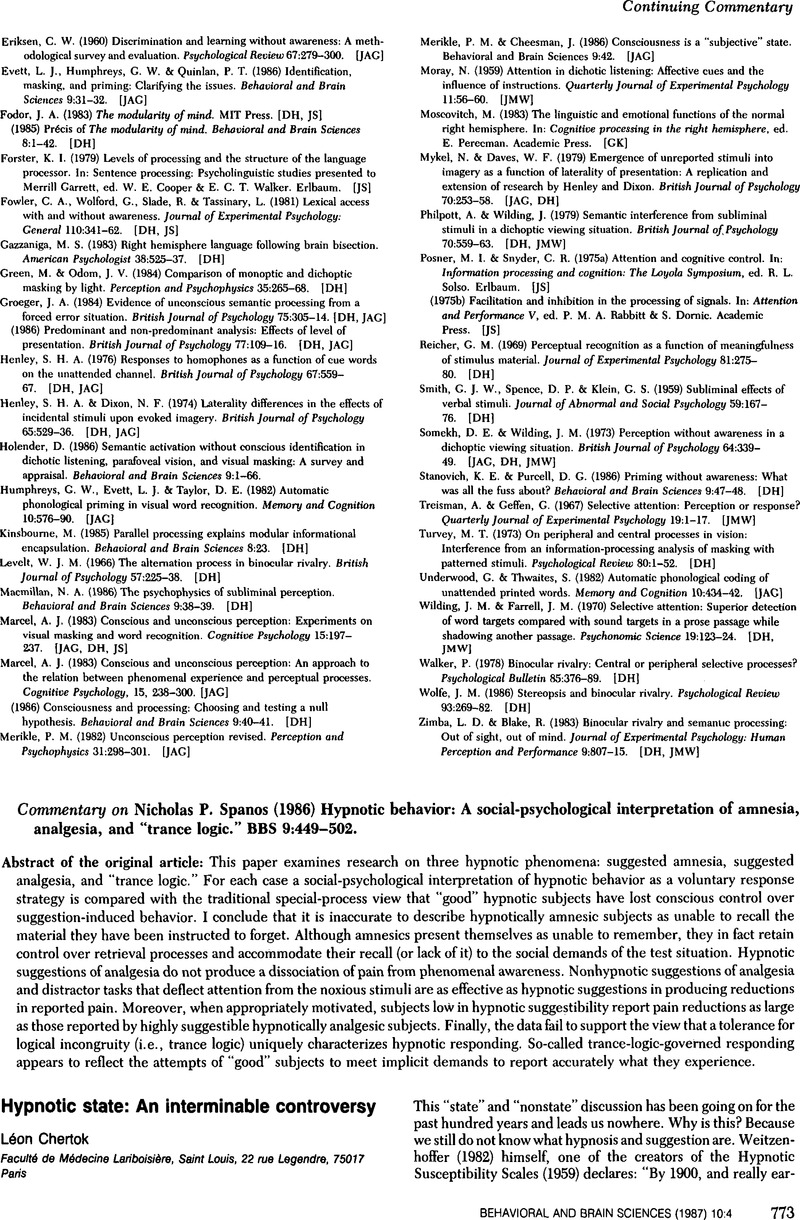Crossref Citations
This article has been cited by the following publications. This list is generated based on data provided by Crossref.
Gucksohn, Joseph
Tsur, Reuven
and
Goodblatt, Chanita
1991.
Absorption and Trance-Inductive Poetry.
Empirical Studies of the Arts,
Vol. 9,
Issue. 2,
p.
115.



